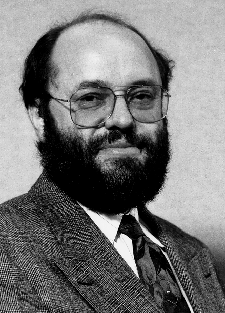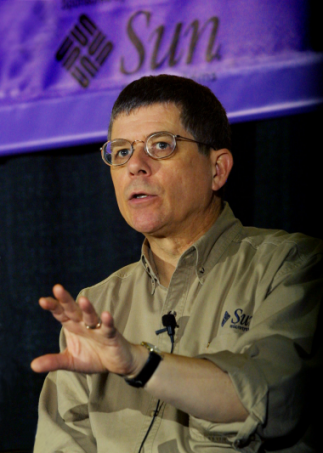Vorhandene Exceldatei bearbeiten? Hier - http://sheet.zoho.com/excelviewer - hochladen, im Browser editieren, mit "Export" wieder lokal speichern.
Neue Exceldatei? Leere Datei hier - http://sheet.zoho.com/scratch - öffnen, im Browser bearbeiten, mit "Export" abspeichern.
Für beides ist nicht mal ein Account erforderlich! Und dass die Spreadsheets bei Zoho auch VBA Makros (VBA? Ja, VBA!) und Pivot Tables können, habe ich das schon erwähnt? Ziemlich faszinierend, oder?
Neue Exceldatei? Leere Datei hier - http://sheet.zoho.com/scratch - öffnen, im Browser bearbeiten, mit "Export" abspeichern.
Für beides ist nicht mal ein Account erforderlich! Und dass die Spreadsheets bei Zoho auch VBA Makros (VBA? Ja, VBA!) und Pivot Tables können, habe ich das schon erwähnt? Ziemlich faszinierend, oder?











